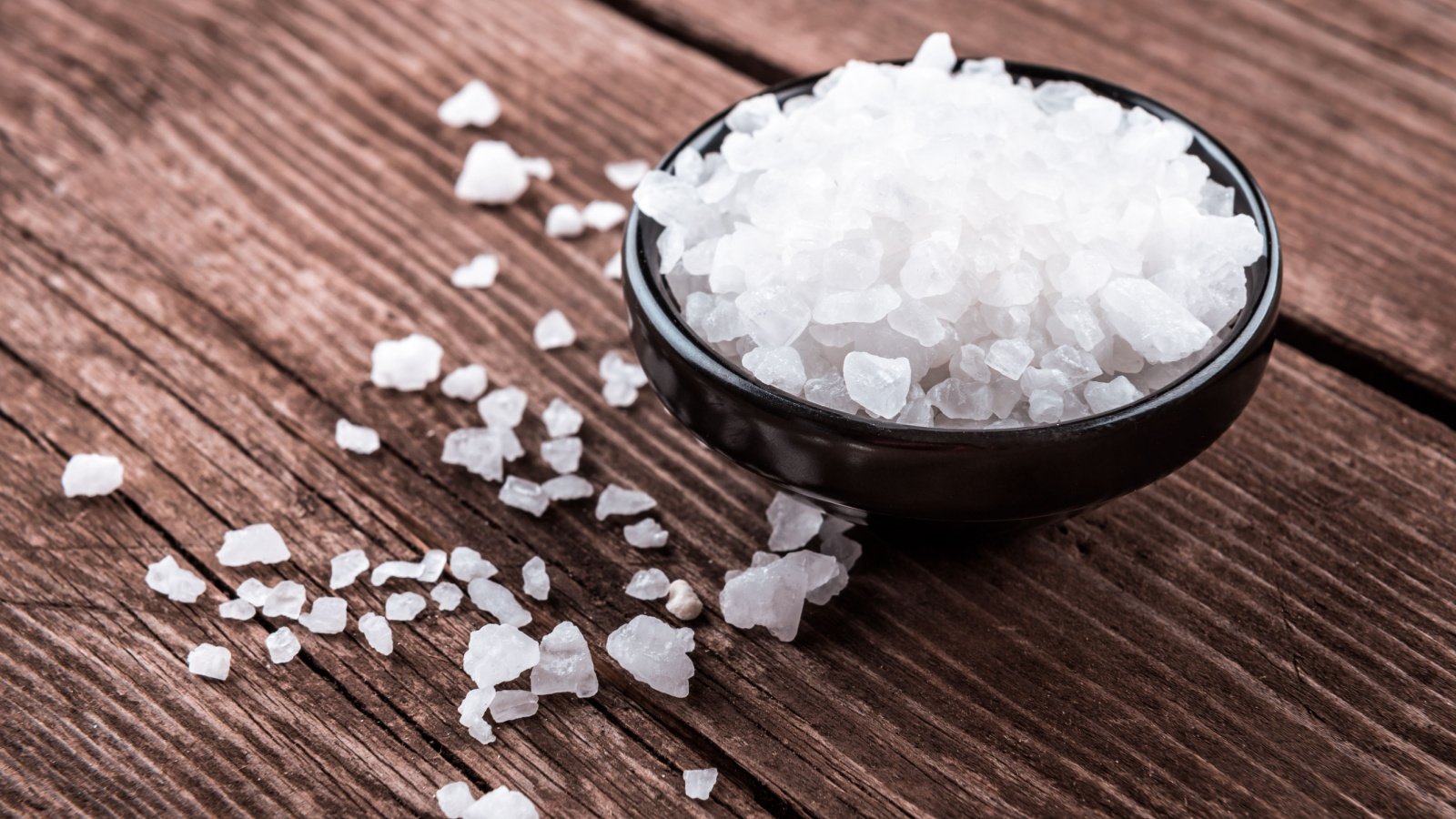Navigating the menu at a Chinese restaurant can be a culinary minefield, with some dishes hiding more than meets the eye. From excessively fatty meats to dishes drenched in sugary sauces, the choices you make can impact both your health and your dining experience. Authentic Chinese cuisine offers a rich tapestry of flavors, which often get overshadowed by these Americanized adaptations. To guide you through a healthier, more authentic dining experience, we’ve identified key items to avoid.
MSG-Laden Dishes

Many Chinese restaurants add monosodium glutamate (MSG) to enhance flavor, although it’s often listed under different names. Some individuals report headaches or other mild reactions to MSG, leading to its controversial reputation. To avoid it, you can ask for your dish to be prepared without MSG, but be aware that it might already be in pre-prepared ingredients.
General Tso’s Chicken

This popular dish is deep-fried and coated in a sweet sauce, making it a calorie bomb. General Tso’s Chicken is also heavily Americanized and not authentic Chinese cuisine. Opt for steamed or lightly stir-fried dishes if you’re looking for healthier, more traditional options.
Crab Rangoon

Crab Rangoon, filled with cream cheese and crab or imitation crab, is not a traditional Chinese dish but rather an American invention. It’s high in unhealthy fats and often served with a sugary dipping sauce. For a more authentic experience, choose dim sum options like steamed dumplings instead.
Egg Rolls

Egg rolls are another deep-fried item that can be heavy on grease and light on nutritional value. They are typically stuffed with cabbage and pork or shrimp filling, then wrapped in a thick dough. If you’re craving something crunchy, go for spring rolls, which are usually lighter and wrapped in a thinner skin.
Sweet and Sour Pork

This dish is notorious for its high sugar content due to the sweet and tangy sauce. Sweet and sour pork is often battered and fried, contributing additional calories and fat. Choosing dishes with a balance of vegetables and protein, like stir-fried broccoli and beef, can offer more nutritional benefits.
Sweet and Sour Shrimp

Sweet and Sour Shrimp, like its pork counterpart, is often battered and fried before being coated in a sugary sauce. This preparation leads to a high-fat, high-sugar meal that can spike your calorie intake. Choosing shrimp dishes that are steamed or lightly sautéed with a dash of natural citrus can offer flavor without the excess calories.
Fried Rice

Fried rice can be a hidden source of excessive calories and sodium, especially when prepared with lots of oil and soy sauce. It’s often used as a filler side dish that lacks substantial nutritional content. Opting for steamed rice will reduce your calorie intake and help you avoid excess fats.
Orange Chicken

Orange chicken is another Americanized dish featuring fried chicken pieces coated in a sweet, sticky sauce. It’s very high in sugar and calories, far from what you might find in traditional Chinese cuisine. For a healthier citrus-flavored option, look for dishes that use orange zest or fresh juice in a light stir-fry.
Beef and Broccoli

While it can be a healthier option if prepared correctly, beef and broccoli are often made with too much sauce, leading to high sodium levels. The beef used can also be of lower quality or very fatty. Requesting the sauce on the side and ensuring the beef is lean are ways to make this dish healthier.
Chop Suey

Chop Suey is another dish that was invented in America and doesn’t represent authentic Chinese cuisine. It generally consists of mixed vegetables and meat or seafood in a starchy sauce, which can be high in sodium and preservatives. Choosing a vegetable-heavy, stir-fried dish instead can provide more nutrients and fewer additives.
Peking Duck

Peking Duck is a delicacy that’s often reserved for special occasions, but it’s high in fat due to the skin being left on during roasting. The dish is also typically served with pancakes and hoisin sauce, which add extra calories. Enjoying this dish in moderation or opting for duck prepared with less fat are preferable options.
Lo Mein

Lo Mein is made with soft noodles tossed in oil with vegetables and sometimes meat or seafood. It can be a source of excess carbohydrates and fats due to the heavy use of oil in preparation. Asking for the noodles to be lightly tossed, with more vegetables and less oil, can make it a healthier choice.
Sesame Chicken

Sesame chicken is usually deep-fried and coated in a sweet sauce, making it another calorie-dense dish. It’s similar to General Tso’s chicken but with sesame seeds sprinkled on top. Opt for dishes that feature grilled or baked chicken instead to cut down on fat and calories.
Hot and Sour Soup

While it can be tasty, hot and sour soup often contains high levels of sodium and monosodium glutamate (MSG). The thick texture is typically achieved with cornstarch, which increases the carbohydrate content. Choosing a clear broth-based soup, like egg drop soup, might be a lighter, healthier alternative.
Moo Shu Pork

Moo Shu Pork, though delicious, is usually made with a substantial amount of oil and served with pancakes and hoisin sauce. The pancakes and sauce increase the dish’s overall calorie and carbohydrate content. Asking for more vegetables and fewer pancakes or skipping the sauce can help balance this dish.
Kung Pao Chicken

Kung Pao Chicken can be a better choice if made traditionally with less oil and more vegetables. However, many restaurants prepare it with excessive oil and peanuts, increasing the fat content significantly. Requesting it to be cooked with less oil and fewer peanuts can keep the flavors but reduce the calories.
Spare Ribs

Typically marinated in a sweet barbecue sauce, spare ribs are another high-calorie, high-fat option. They are also often one of the pricier items on the menu. For a leaner protein choice, opt for dishes that feature steamed or poached meats.
Fortune Cookies

Fortune cookies are a fun way to end a Chinese meal, but they are not traditionally Chinese and are purely a Western invention. They are made primarily from sugar, flour, and oil, offering little nutritional value. Enjoying a piece of fresh fruit instead can satisfy your sweet tooth in a healthier way.
Lemon Chicken

Lemon Chicken, coated in batter and deep-fried before being drenched in a sugary lemon sauce, is far from a healthy choice. This dish combines high fats from frying with high sugars from the sauce. Lighter, zesty dishes that use lemon zest or juice for flavoring without the sugar are better options.
Cashew Chicken

Cashew Chicken can be deceptive; the nuts are healthy, but the dish is often prepared with a lot of oil and a heavy sauce. The cashews add extra calories and, depending on the preparation, saturated fats. Asking for a stir-fried version with less sauce and more veggies can make it a more balanced meal.
Spring Rolls

While spring rolls can be a lighter alternative to egg rolls, they can still be risky if fried. Fried spring rolls absorb a lot of oil, increasing their calorie content. Opting for fresh, non-fried spring rolls, often listed as summer rolls, can be a healthier choice.
Salt and Pepper Squid

Salt and Pepper Squid is typically deep-fried and heavily salted. This preparation makes it a less healthy seafood option, laden with sodium and trans fats. Choosing grilled or steamed seafood dishes can provide the flavor and benefits of seafood without unhealthy preparation methods.
Szechuan Beef

Szechuan Beef is known for its bold, spicy flavor, but it can also be quite oily and high in calories. The dish’s intense heat often comes with a lot of added oils to balance the spiciness. Opting for less sauce and more stir-fried veggies can help maintain the flavor while reducing the grease.








